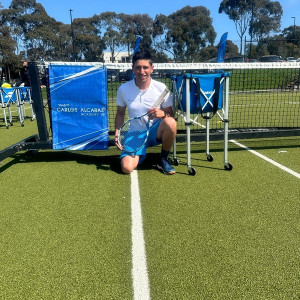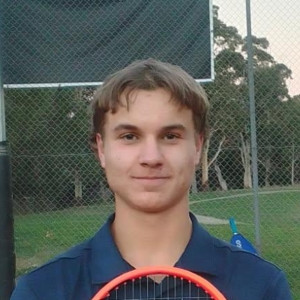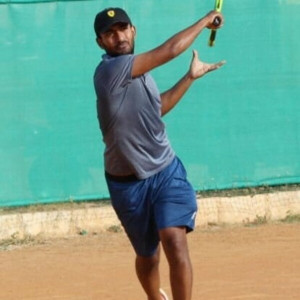Every tennis lover could cite Grand Slam statistics. Which four events make up a Grand Slam? The Australian Open, Roland Garros, the US Open, and Wimbledon.
Why do two of these championships have specific, historical names and the other two, 'generic' titles? We can guess why Wimbledon earns such a privilege, but why does the French Open get a special name?
We must leave questions like "Why isn't the Australian Open called the Rod Laver?" aside, for now. Because the Roland-Garros - the French Open, is set to start, and we have a new generation of tennis fans to inspire.
To get you properly in the spirit, Superprof shares tennis facts and particulars about the French Tennis Open. We'll meet some of the Grand Slam winners who delivered the most spectacular Grand Slam wins on these courts. We'll also cover the challenges of playing on a clay tennis court and talk about other tennis facts.

Why is it Called Roland Garros?
Before we talk about tennis facts and the French tennis open, let's shine the light on this question. You might be surprised to discover that the actual Roland Garros had nothing to do with tennis.
He was an aviator with a passion for football, rugby, and cycling. He invented the on-board machine gun for fighter planes.
What makes his accomplishments even more impressive is that he only walked this Earth for 29 years. After nearly three years of being imprisoned in a war camp during the First World War, he escaped. He then returned to France to fight for the French cause. He died one day shy of his 30th birthday, after being shot down in aerial combat.
Ten years after his passing, the French built a new facility to host the Davis Cup, an international men's tennis team event. This new centre would be called Le Stade Roland Garros, in honour of this fallen hero. Incidentally, other initiatives bear his name, a special edition Peugeot series of cars and La Reunion airport, among them.
This is all interesting. But still doesn't explain why this tennis facility bears the name of someone who never had anything to do with tennis.
Tennis players embody the same sense of initiative, drive, and courage that he did. His intelligence and ability to overcome challenges do are qualities the best tennis players cultivate. Thus, we might say the Roland Garros French Open honours the man's spirit, rather than his deeds.
Now, we no longer need to ask, "why is it called Roland Garros?". We can focus on this leg of the Grand Slam tournaments and other aspects of tennis in France, including the French Open. In fact, that's where we'll start.
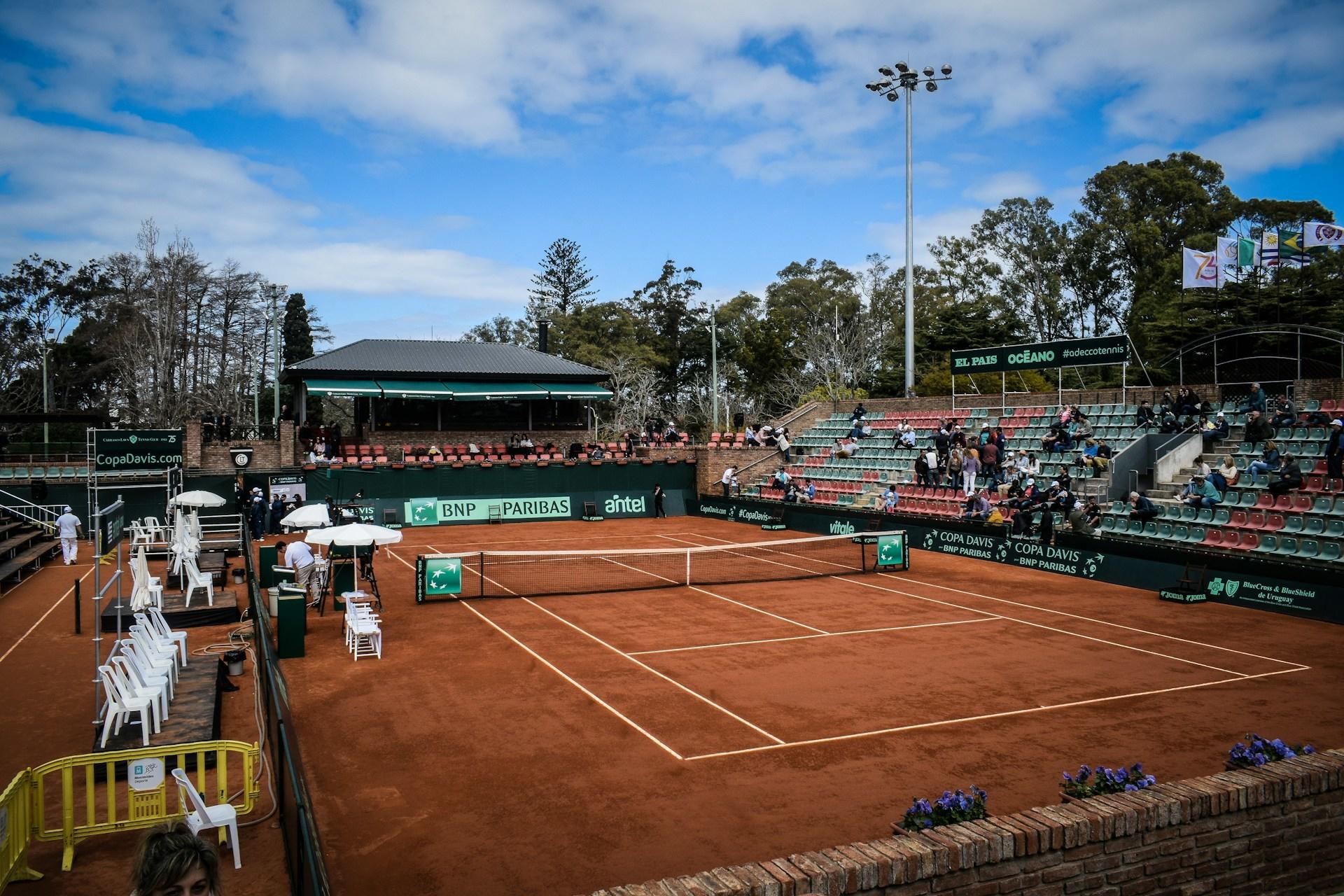
The French Open: an Overview
The French Open is the second of the four Grand Slam tournaments. It follows the Australian Open and signals the end of the Association of Tennis Professionals (ATP) clay court tournament season. Of all the Grand Slam tournaments, the French Open is the only one to feature clay courts.
However, these courts' surfaces aren't exactly clay. La terre battue - the French phrase for 'the beaten earth' consists of crushed brick, hence the reddish hue. Beneath this surface layer, you'll find a limestone bed, which rests atop a layer of volcanic rock. Scrape down a little further to find a layer of gravel and, finally, bedrock - a layer of stones.
This surface makes playing tennis much more challenging. The balls bounce higher and slower than on a concrete court. Players returning the ball have the advantage because the orb's slower momentum gives them time to recover and position themselves better. The Roland-Garros Stadium complex houses 18 such courts.
Compared to other Grand Slam venues, the Roland-Garros complex is small. Indeed, it is the smallest of them all, yet it packs a wealth of tennis and entertainment on its 21-acre site. Besides watching matches on one of the 18 courts, tennis enthusiasts may dine in its restaurant or stroll its garden. They may even tour its museum for an in-depth history of the French Open.
This year's French Open starts on May 22. This tournament will last for three weeks, finishing with the Men's Tournament. On June 11, we'll know which of our favourite tennis players are possible Grand Slam winners.
If you are interested in finding tennis lessons in your town but do not know where to start, visit Superprof and find tennis lessons sydney, Melbourne, Brisbane, Adelaide, and all over Australia.
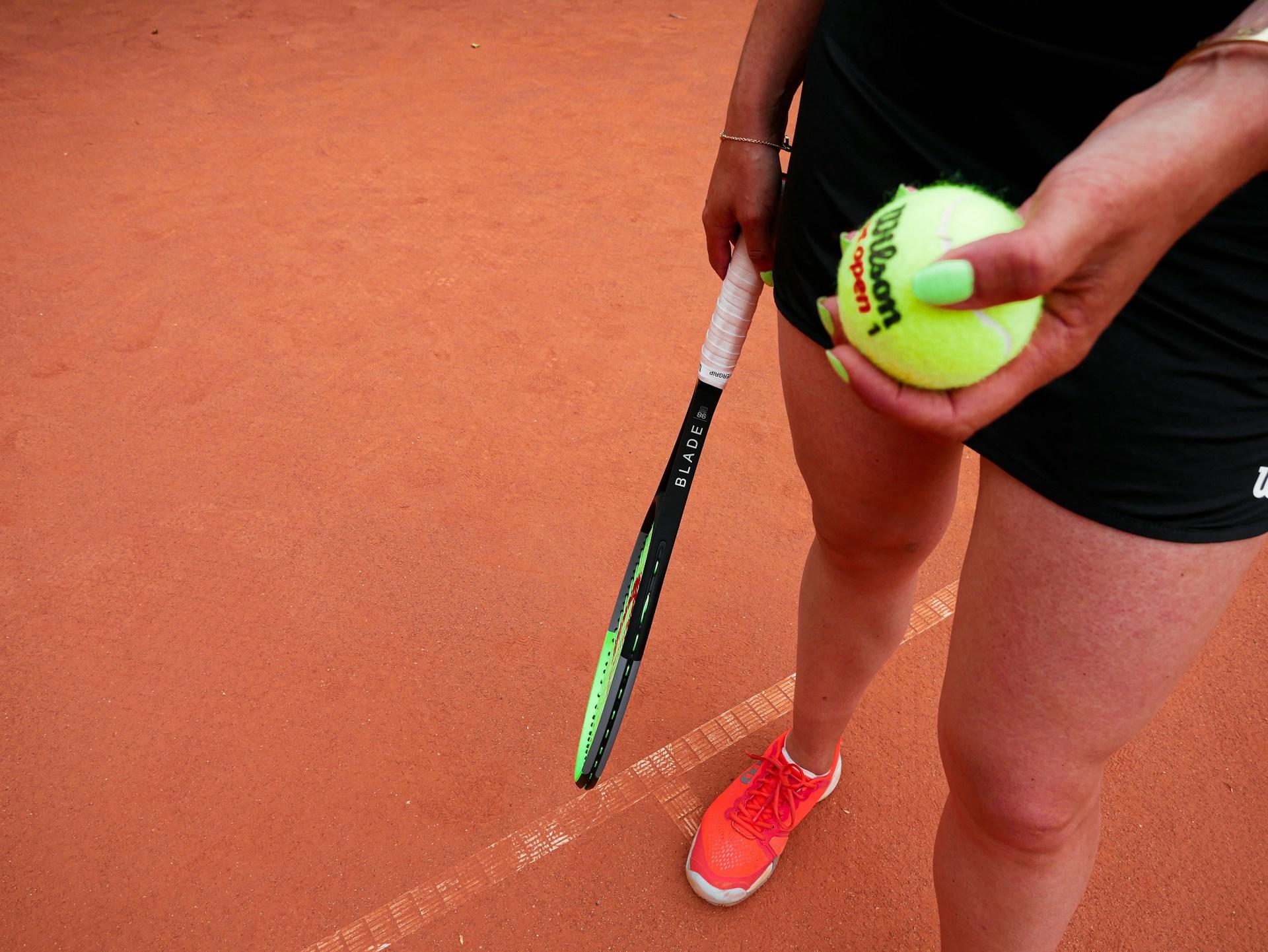
Roland-Garros: the Women's Singles Cup
The women's singles tennis tournament has a long history at Roland-Garros. The first such event took place in 1897, featuring four players. This year, the event's main draw roster boasts no fewer than 104 contenders and 174 alternates. Each has their eye on the Suzanne Lenglen Cup - the Open's top women's tennis trophy.
The world's first Number 1 ranked female tennis player, Suzanne was also a fashion icon, championing sportswear as everyday dress. She won eight Grand Slam titles and wrote several books about tennis.
The competition is stiff for this year's Roland-Garros women's contest. Naomi Osaka and Angelique Kerber return to the courts, as will a host of contenders who were out due to illness or injury. Thanks to their Women's Tennis Association (WTA) rankings, they are all main draw contenders. Of course, players must succeed in the qualifying round to have a shot at the main event.
Those who qualify will vie against the formidable Iga Świątek, the favourite to win this contest. She is the world's Number One in Women's Singles, as ranked by the WTA. The world's Number Two, Aryna Sabalenka, will also make this tournament more challenging for those looking to make their mark.
Coco Gauff is such a player. Though the WTA ranks her at Number Three, Elena Rybakina is favoured to take third place, behind Iga and Aryna. Coco is having a rough start to the season, though she did win the WTA Auckland Open in January. To add to her stress, she may face off against Aryna, to whom she lost this year's Australian Open during the semi-final round.
Prize money is generous, particularly for players making it to the quarterfinals and beyond. Last year, the top player earned €2.2 million, as well as the Coupe Suzanne Lenglen. Iga Świątek has claimed that prize three times in the last four years. It's no wonder she's one of the top French Open Women's Singles winners, and is heavily favoured to win again.
If you are looking for tennis lessons in Australia, Superprof connects you with local coaches ready to start lessons today. Visit the platform and enter tennis class melbourne, Perth, Sydney, or anywhere in the country, and you will have access to an array of tutors and coaches ready to start lessons with you.

The French Tennis Open: Men's Singles Cup
Fascinating lore is one reason the French Open is so special. The venue bears a man's name whose personal characteristics sum up the athletic spirit. The women's trophy gets its name from the first Number One WTA tennis player.
The name of the men's trophy is no less iconic: la Coupe des Mousquetaires - The Musketeers' Cup. You guessed right if the Alexandre Dumas epic sprang to your mind. However, this trophy's name also has a tennis association.
Jean Borotra, Jacques Brugnon, Henri Cochet and René Lacoste collectively won 18 Grand Slam Singles titles and 13 Doubles titles. They led France to six Davis Cup wins, from 1927 to 1932.
These four legends dominated French tennis in the early 20th Century. Upon establishing the French Open (in 1927), the French Tennis Association honoured these legendary players - and French culture, with their trophy's whimsical name.
Rafael Nadal is the undisputed king of the clay court. He has claimed the Mousquetaire Cup no fewer than 14 times. He currently holds the record for the longest streak of wins on clay courts: 81 counts. However, just coming back after an injury, he is not favoured to win this French Open.
Savvy money is on Carlos Alcatraz, currently ranked third in the ATP standings. Carlos has youth on his side, and has faced off against both Nadal and Novak Djokovic before. That latter is also set to play in this year's French Open. However, Djokovic's clay court win record is not as impressive as Nadal's.
Tennis legends Pete Sampras and Roger Federer faced the same obstacles as Djokovic, playing tennis on clay courts. They are all strong, fast and powerful, but those qualities don't play well on a clay court. By contrast, players like Nadal and Iga Świątek find more success on this surface. They're light on their feet and bring more variety to their game.
The Men's Singles main draw list is just a bit shorter than the Women's. It features 99 contenders and 102 alternates. They will play qualifying matches until this list is pared down to tournament size, too. Five of the players entered the main draw thanks to a protected ranking, including Rafael Nadal. This Grand Slam event may be his last go, as injury continues to plague him.
Whichever of these players wins the tournament, no one will take home the actual Cup. It stays with the club, nestled in its Louis Vuitton case. The winner receives a replica trophy for their collection. However, the top Men's Singles winners will take home the same prize amount as the Women's winners will.
Training and discipline are essential elements for every one of these professional tennis players and athletes. If you have already searched online for "tennis lessons near me" but have not been lucky, visit Superprof and connect with local tennis coaches anywhere in Australia. Visit Superprof and find the best tennis lessons near you!






